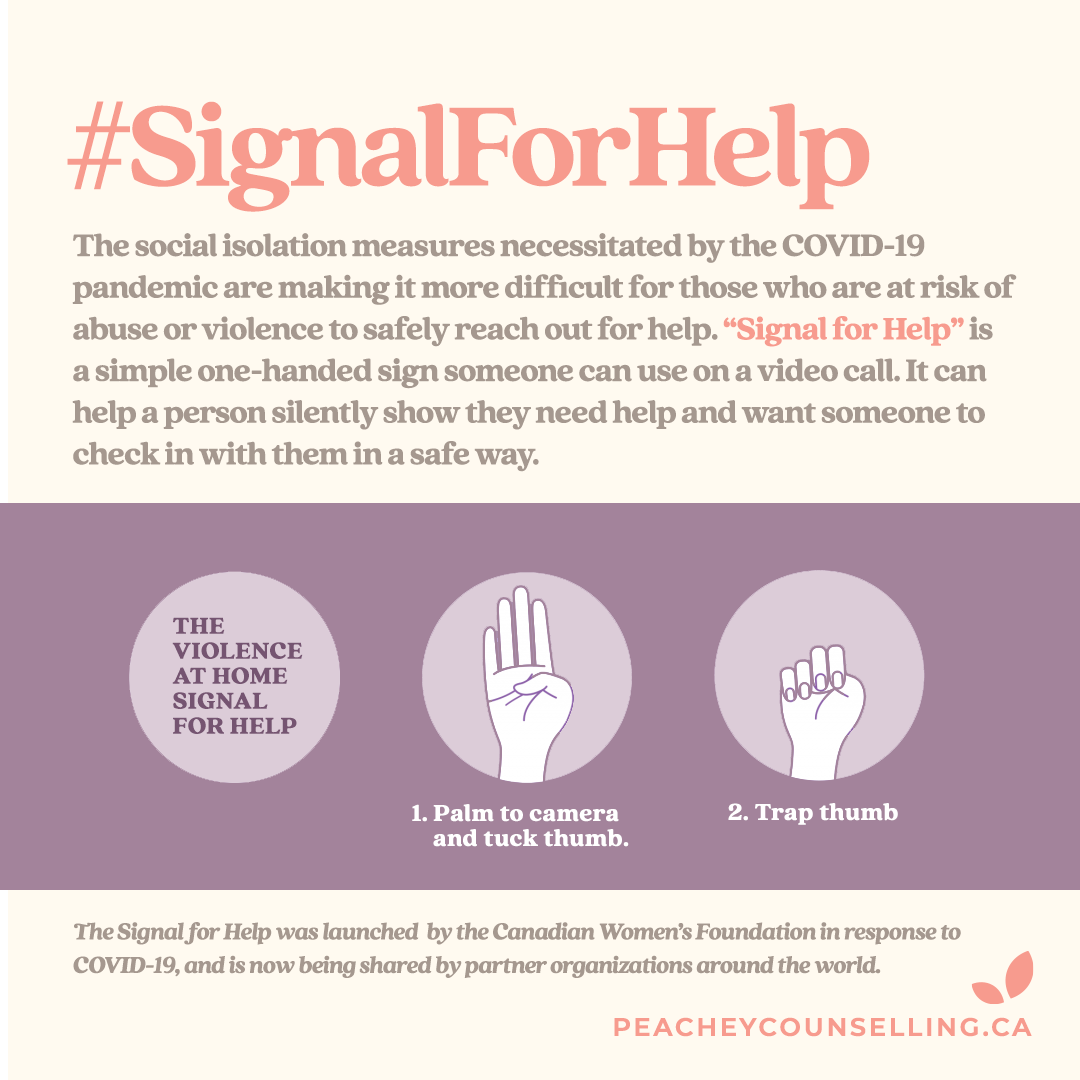Covid-19: A Pandemic of Gender-Based Violence
Women Abuse Prevention
The COVID-19 pandemic has been linked to spikes in domestic violence reports and crisis calls around the world, including Canada.
November is Women Abuse Prevention Month in Ontario and as part of our initiative to bring you helpful information, resources and guidance, we want to highlight the significant impact the pandemic has had on gender-based violence, provided by the Canadian Women’s Foundation.
Why is COVID-19 increasing gender-based violence?
Where risk factors of gender-based violence at at home already exist, like a sense of control, possessive jealousy, and misogynistic attitudes, various pandemic-related stressors can become triggers, including:
job losses and reduced income
food insecurity
fears about contracting the virus
exacerbated mental health issues
disrupted family routines, services, resources
BY THE NUMBERS:
1 in 10 Canadian women are very or extremely concerned about the possibility of violence in the home.
1000s of women, girls, and trans and non-binary people now face a heightened risk of violence at home with COVID-19 isolation measures, whether it takes the form of emotional, physical or sexual abuse.
In Canada, women’s shelters and organizations have also sounded the alarm about the risk of increased violence - with some seeing a 20% increase in crisis calls during the pandemic. Similarly, some police services are also noticing more domestic violence reports.
Social isolation is dangerous for women being abused.
Close quarters increases stress behind closed doors. Quarantines and social isolation mean that abusers and those they harm are in close proximity around the clock and other people are not around to see the signs of violence and intervene.
Pandemic-related challenges become a new barrier. Under normal circumstances, it’s difficult for women in an abusive relationship to confidentially reach out for help, but pandemic-related circumstances have made things even harder. For those experiencing abuse or violence trying to access services from shelters, sexual assault centers, and other community supports - although services have continued to be offered - operating while facing the new challenges of the pandemic has greatly affected the availability of resources.
If you see the signal
Check in…safely. If you see someone use the Signal for Help, check in with the person safely to find out what they need you to do.
Call them and ask questions that can be answered with ‘yes’ or ‘no’. This may reduce the risk if someone is listening. For example:
“Would you like me to call 911?”
“Would you like me to call a shelter on your behalf?”
“Should I look for some services that might help you and call you back?”
Use another form of communication…. such as text, social media, or email and ask general questions. This may reduce the risk if someone is watching the person’s device or accounts. For example:
“How are you doing?”
“How can I help you out?”
“Get in touch with me when you can.”
If you or someone you know is experiencing an abusive relationship, you must remember that safety is key, and that abuse is NEVER acceptable or justified, in any situation.
Whatever it is, we’re here for you.
Life is uncertain. Jobs are stressful. Parenting is hard. Relationships take work. Families can be dysfunctional. And, sometimes love hurts. When you’re confronted by feelings, events, or issues that are making your life challenging, it’s okay to ask for some help.


